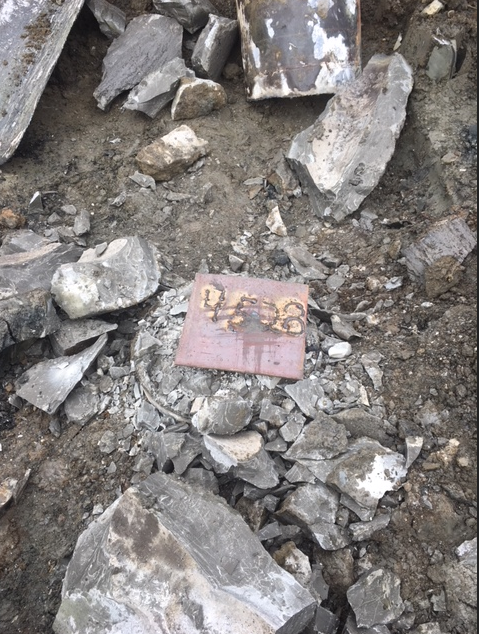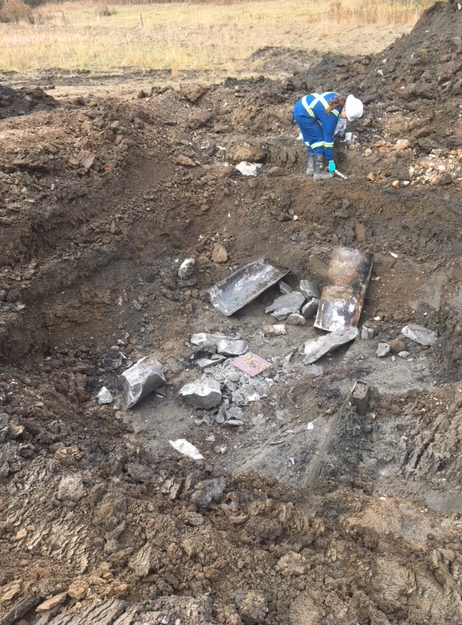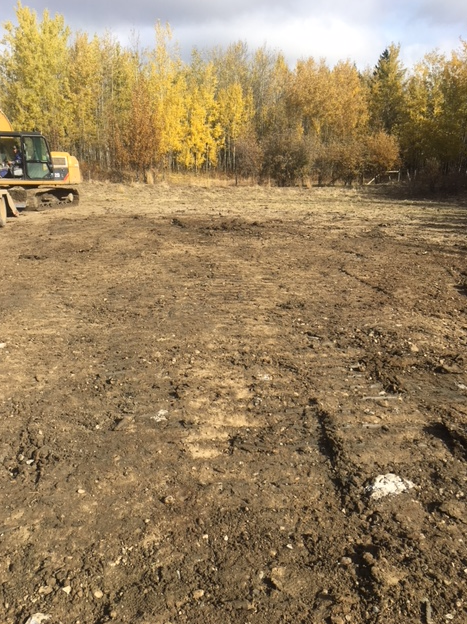It’s a lesson we learn when we’re young – if you use something, put it back when you’re done. It’s a simple idea but a good one, and it’s one we live by in regulating energy resource development. When companies are finished extracting natural resources from the earth, they are required to put the right plants and soils back in the right places to return the site to its natural state.
One third of all Canada’s natural gas comes from British Columbia and many gas sites, as well as some oil, are dotted throughout northeast B.C. These sites are considered temporary, and companies are required to plan ahead at the start of any development to restore the environment at the end of use.
The Regulator completes regular reviews of companies to determine whether they have the financial means to pay for cleanup and any company proposing an activity must carefully consider any environmental implications before they start.
Companies must minimize disturbance to land before and during operations. In some circumstances, companies must restore the land surface of a site as soon as the construction is complete. This decreases the amount of work necessary to return the area to its pre-activity state later on and ensures any disturbance to the environment is minimized and public safety is protected.
Oil and gas wells, pipelines and facilities all follow a similar process to be cleaned up. The following is an example of how a well site goes through the steps to reclamation.
When a well site becomes inactive and will not be re-activated (i.e. the well does not produce any more) there are a number of steps required to reclaim the site.
The first step is to deactivate the site, where fluids and gases are removed from the pipelines and associated infrastructure. This may occur before, or at the same time as the removal of surface infrastructure, including anything buried underground such as pipelines and tanks. This is known as site or equipment decommissioning.
The next step is to plug and seal the well. This is known as abandonment and happens in two phases. Downhole abandonment (plugging) is where the well holes into the oil or gas reserves are sealed off and cement is poured into the wellbore itself to plug it. This ensures that nothing can escape from the well into the environment.
After a well is plugged, surface abandonment can occur. The area around the wellhead is excavated, the top of the wellhead is removed and the well is capped to seal it. A plate is put on the well with the well authorization number on it so that it can always be identified (see below). The excavated soil is then replaced. This completes the abandonment process.

This image below is from a former well site in Stoddart, northeast B.C., where the infrastructure has been removed and the site excavated. This well has already been abandoned and a Regulator contractor (pictured here) is testing soil for contaminants. If there is contamination, extra work is done to remediate the site to make it safe for the public and the environment.

Once these steps are complete and nothing remains, the site is further investigated for contaminants, and can then be reclaimed. This means the site is returned as close to its pre-activity state as possible. First the soil is returned to level the ground, or to its natural contours (see below), then re-seeding and planting occurs.

Once the site is completely reclaimed, the company can apply for a Certificate of Restoration, which is authorized by the Regulator and signifies the site has been cleaned up to current standards.
On rare occasions an operator is declared bankrupt or cannot be located before a site is reclaimed. In such cases, the site may be designated an orphan and is cleaned up by the Regulator. Regardless of what lifecycle step the site is in, any remaining restoration work is paid for from the industry-funded Orphan Site Reclamation Fund. Work is then completed by the Regulator. This ensures sites are restored in accordance with current standards and requirements and that all known contamination risks or other hazards are mitigated.